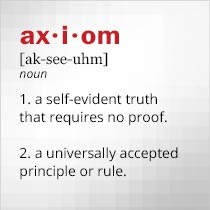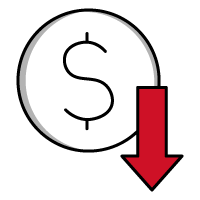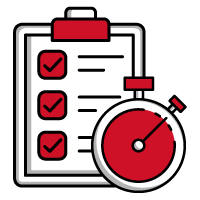Add an Amplifier for High-Power RF Testing
February 22, 2017
 |
Amplifiers are often needed as part of an RF/microwave test setup, to boost test signal power. Commercial test signal generators may provide +10 dBm or less output power, especially at the upper-frequency portion of their bandwidth. This is not nearly enough power to characterize passive components, such as attenuators and filters, under realistic conditions or stress them under maximum power conditions. It is also not enough test input power to drive many active components, such as amplifiers, to their compression points, such as 1-dB compression or 3-dB compression. For that reason, when testing an amplifier, often an additional amplifier is needed to add gain to the test signals. The choice of test amplifier will be determined by the bandwidth and power requirements of a particular test application.
Types of Test Signals
Test signals to be amplified may be continuous-wave (CW), modulated CW, or pulsed signals, with test amplifiers designed for use with the different types of signals. The output power levels of broadband CW RF/microwave test amplifiers are usually in the range of a few watts, whereas pulsed amplifiers may be designed for hundreds or thousands of watts. The extremely high power levels are useful when testing components that are used in high-power applications, such as radar and broadcast systems. Since a test signal analyzer, such as a spectrum analyzer, is typically designed for input power levels of less than 1 W (+30 dBm) before load, the signals from a high-power DUT (resulting from a high-power test amplifier) must be coupled or attenuated prior to analysis.
Key Performance Parameters
In sizing up an amplifier for test purposes, a number of performance parameters can be used as a basis for comparison, including small-signal gain flatness with frequency, whether the amplifier’s frequency range is instantaneous bandwidth, output power at 1-dB compression, third-order intercept point (IP3), harmonics, nonharmonic spurious content, maximum or “survival” input power, input and output return loss or VSWR, operating power requirements and power dissipation and, for amplifiers intended for component or system noise testing, noise figure and phase noise. Useful operating features for test amplifiers include local and remote gain control, circuits to protect the amplifier from damage due to over-voltage and over-temperature conditions, and digital control buses such as RS-232 and GPIB for computer control in an automated-test-equipment (ATE) system.
Translating Data Sheets
In some cases, a test amplifier’s data sheet may not include gain performance but, instead, will specify the input power required to achieve the rated output power. As an example, the Amplifier Research 5S1G4 doesn’t include gain on its data sheet but indicates that 1 mW maximum input power is required to achieve a minimum rated output power of 5 W CW from 0.8 to 2.4 GHz. The solid-state amplifier is meant to boost the output signals of test sweepers and signal generators and includes a leveling circuit to protect its active devices from overdrive when the input level to the amplifier’s first stage is above 1 mW (0 dBm). The air-cooled amplifier is protected by over-temperature and over-voltage circuitry and provides a front-panel control that allows users to tailor the gain to the amount required by a particular signal source.
Boosting Lower Frequencies
At lower frequencies, however, some solid-state test amplifiers, such as the SMX series amplifiers from Instruments for Industry (IFI), can hold their own with TWT amplifiers in terms of pulsed output power. Based on silicon LDMOS transistors, an IFI SMX1000 amplifier can deliver 1000 W CW output power from 10 kHz to 1000 MHz when fed with only 0 dBm input power. With robust 60-dB gain, it features RS-232 and GPIB interfaces for ATE systems and the capability to boost modulated signals, such as AM and FM signals, without distortion. The price for so much solid-state power, however, is a rugged, rack-mount enclosure weighing 750 lbs.—not a simple “add-on” component to most test systems.
In Closing
Amplifiers for test should be matched in frequency, gain, and power to the needs of a test setup and its applications. This blog has attempted to briefly summarize key specifications when comparing amplifiers. Axiom Test Equipment is proud to offer short-term and longer-term rental of amplifiers to help support your requirements. Datasheets and additional information on amplifiers can be found on our website under the Product Category “Amplifiers - RF and Microwave,” with models sorted by frequency ranges and power levels.
Back to BLOG








